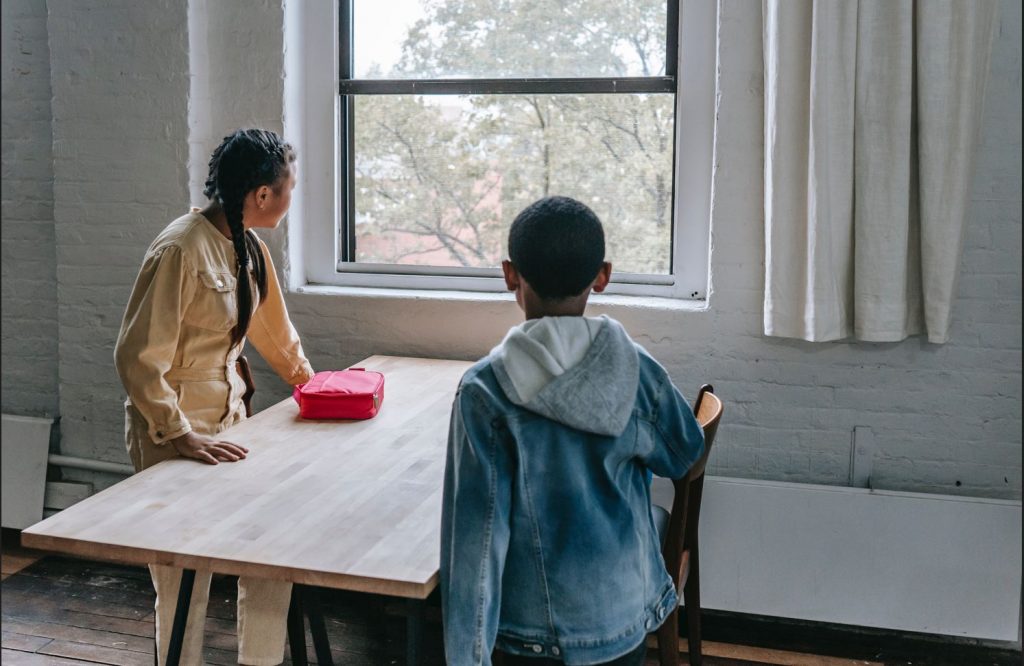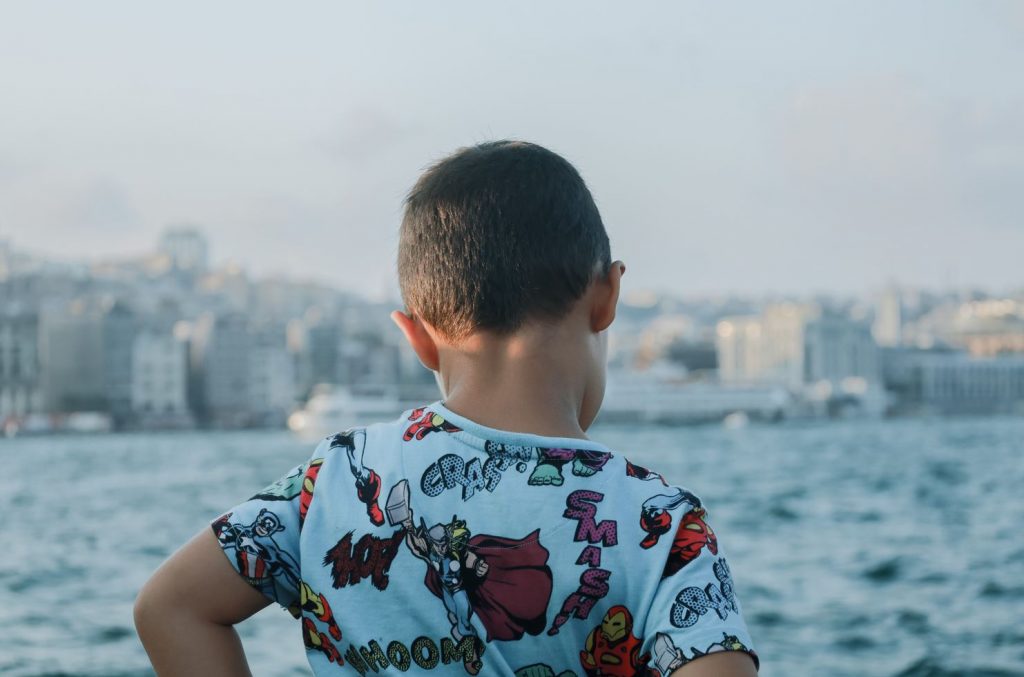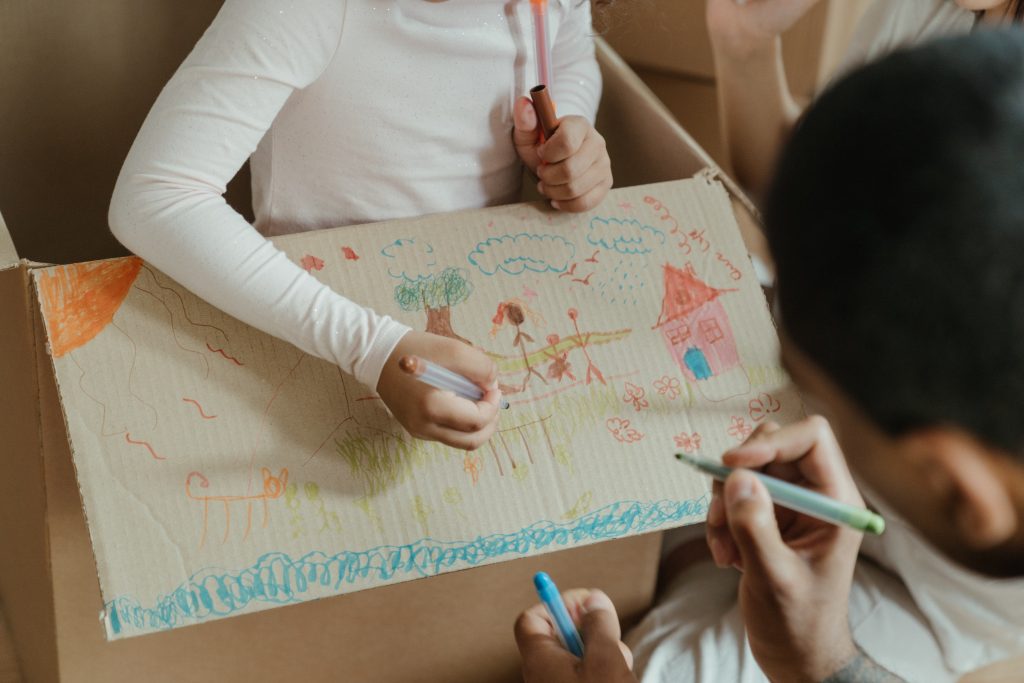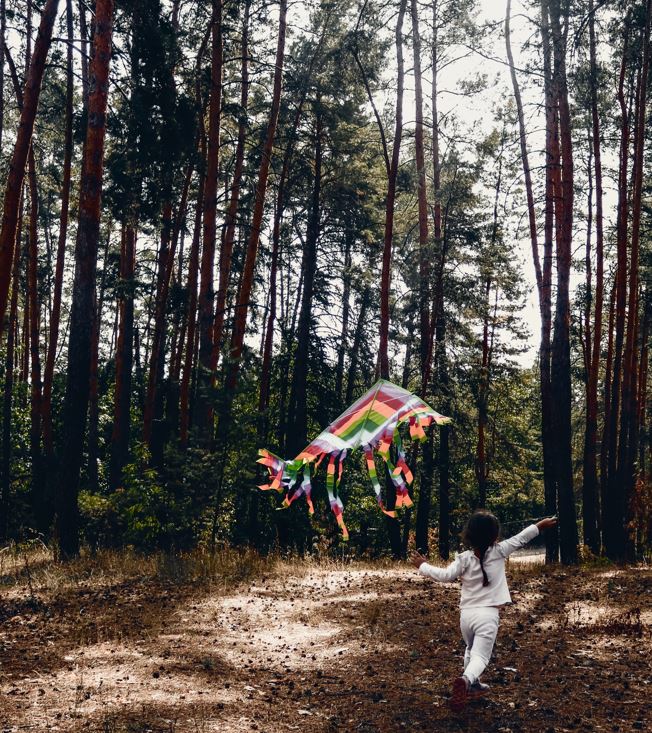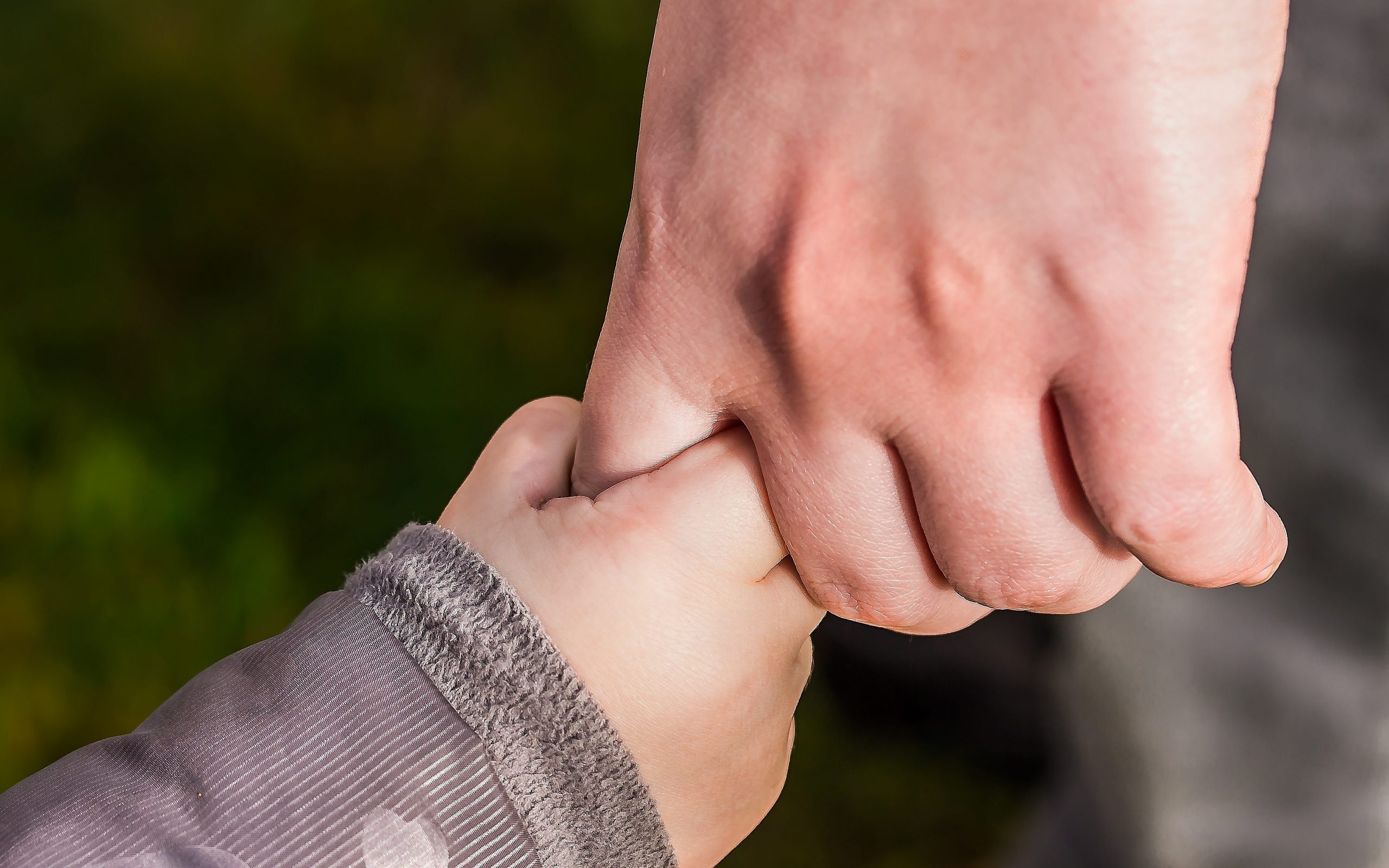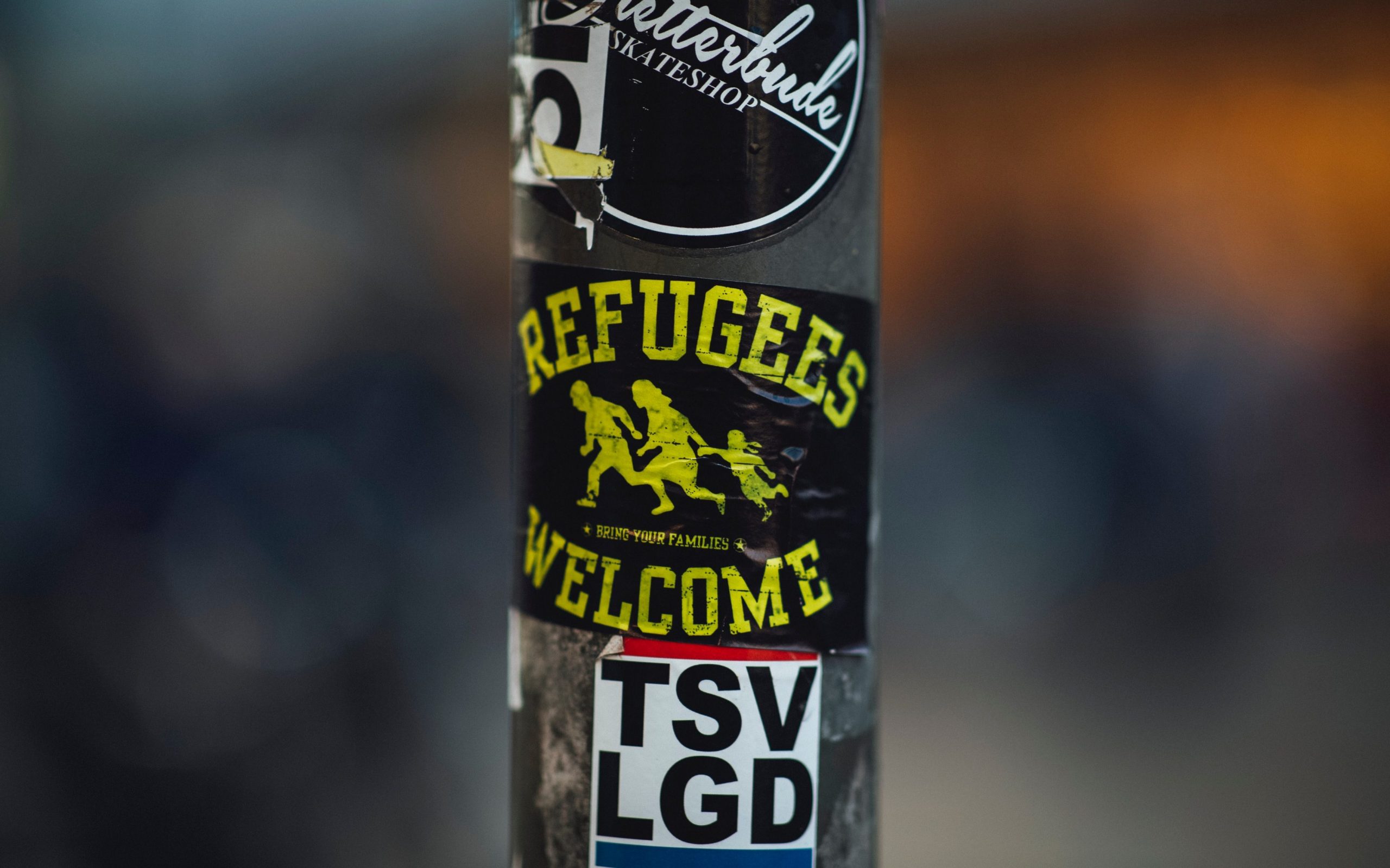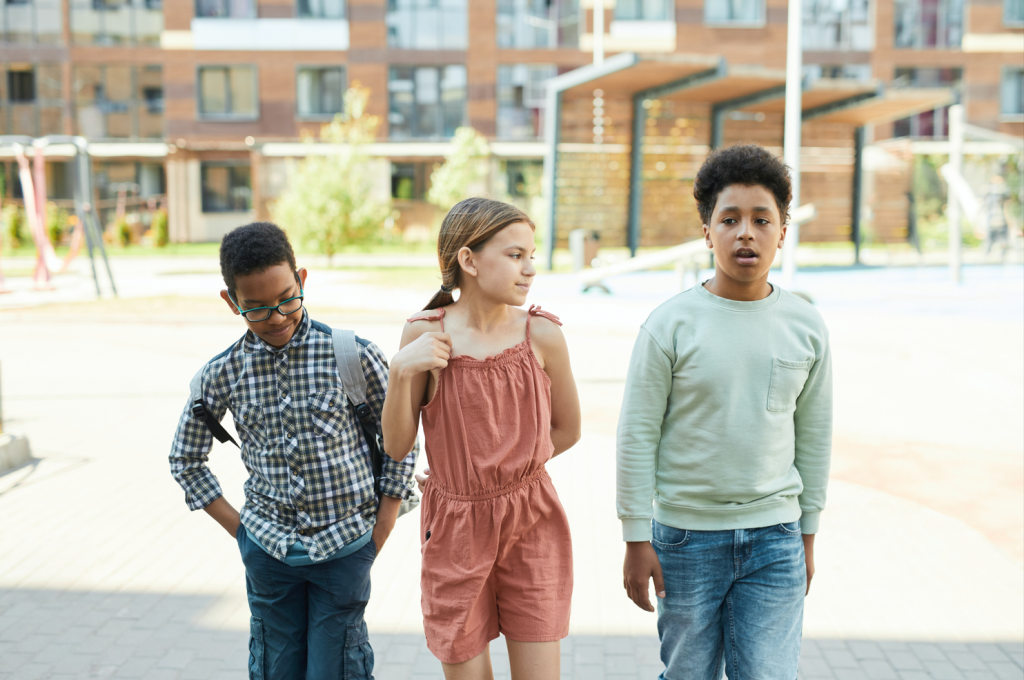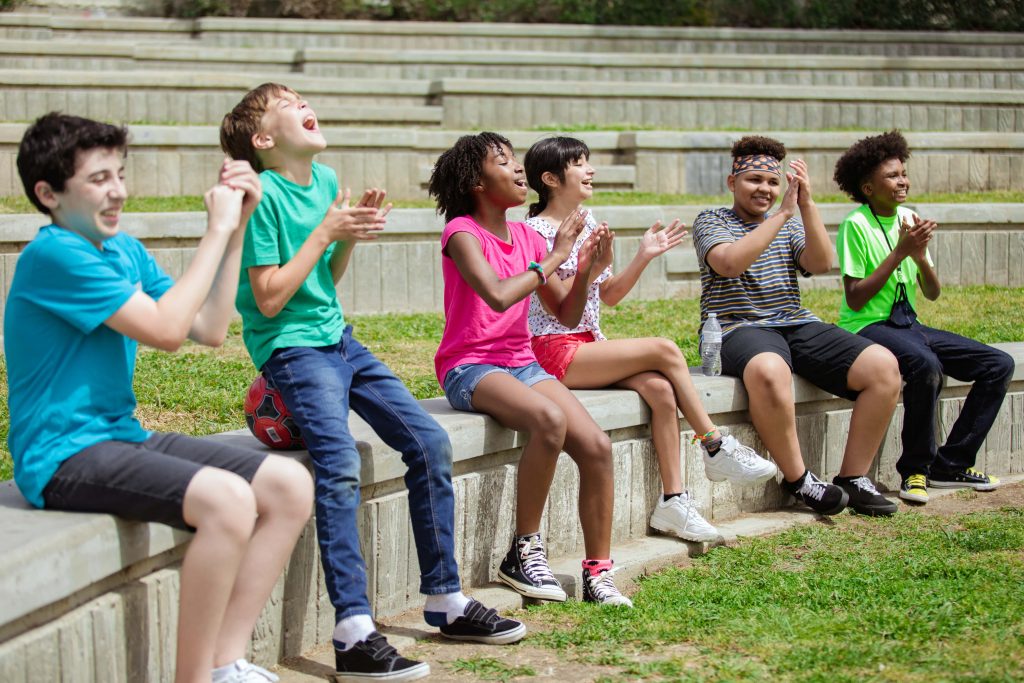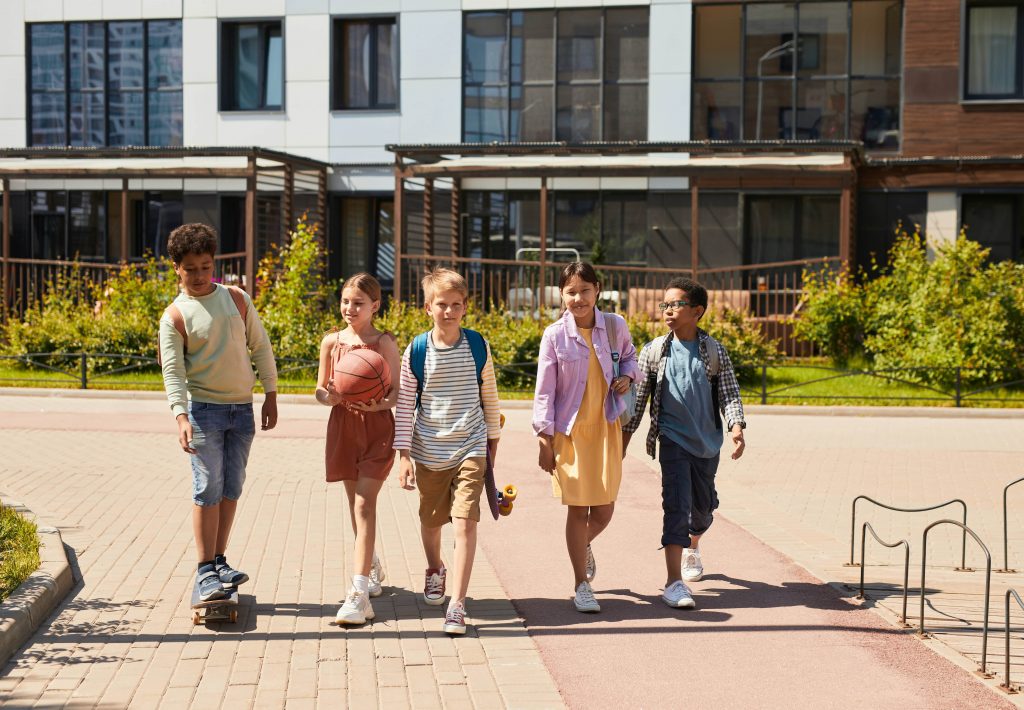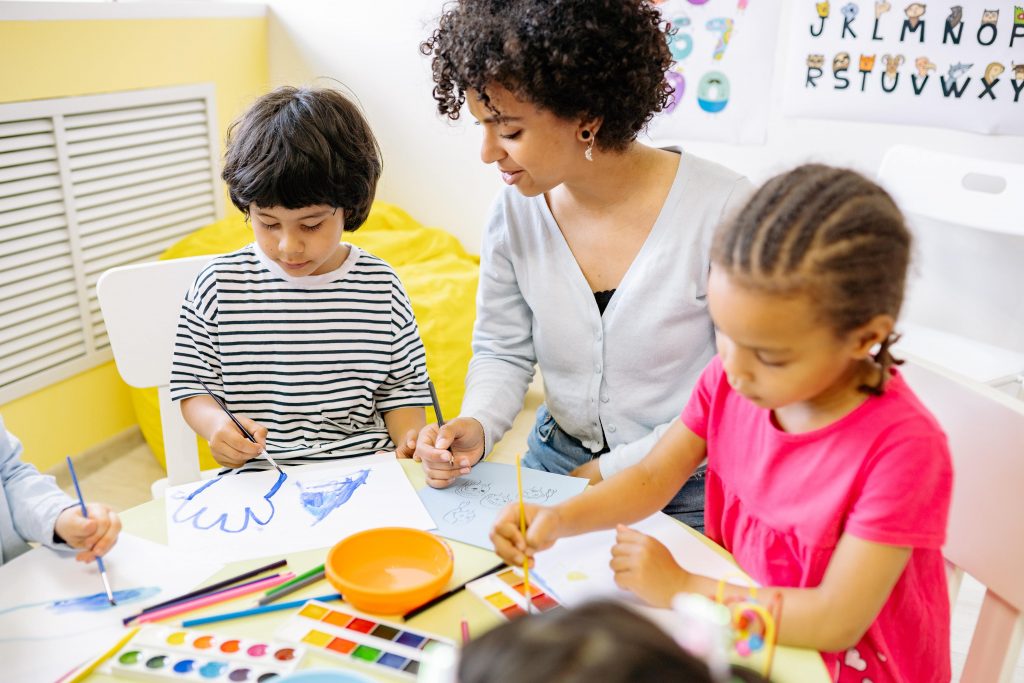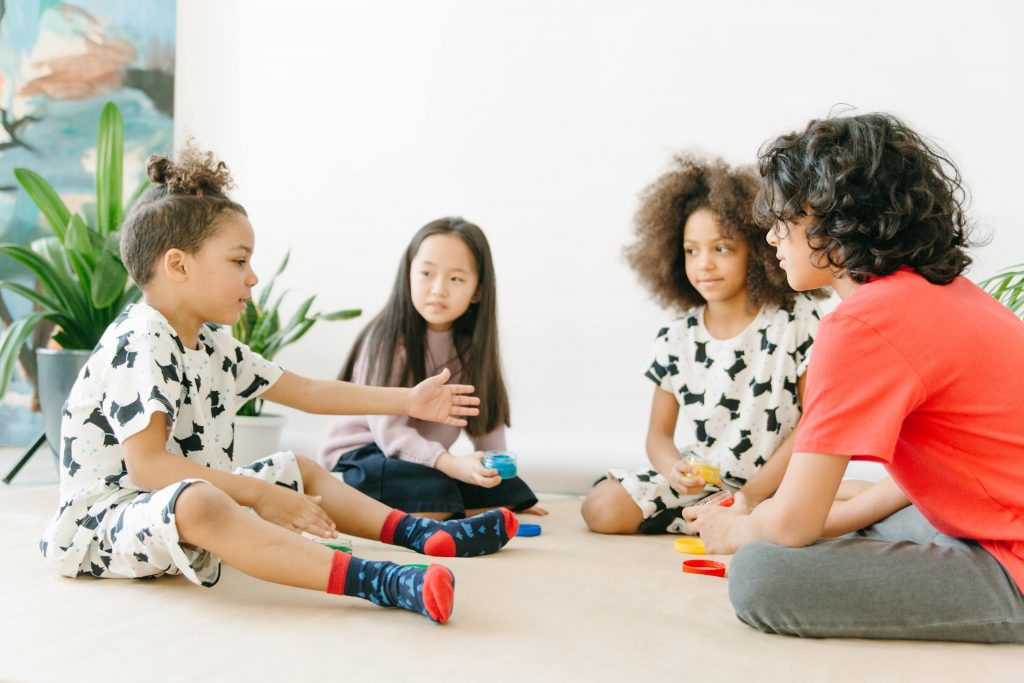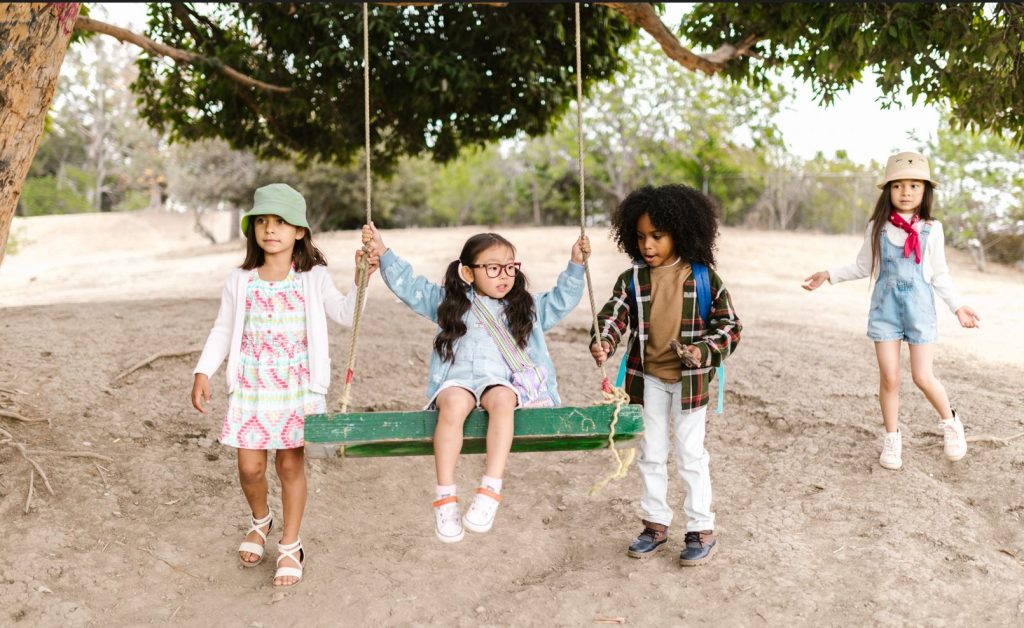Children’s unequal use of digital technology – the nuanced role of (socioeconomic) context
A contribution by Leo Röhlke
Television, digital devices, and the Internet have been part of our lives for a considerable time. Their relevance continues to grow, and there is no indication that this trend will slow down soon. Since the advent of television, families worldwide have grappled with common questions, such as:
- When should children begin consuming screen media?
- What constitutes suitable content for children, and how much screen time is appropriate?
- What are the consequences of unsupervised technology use by children?
- Can children develop technology “addiction”?
- What educational value can children derive from their use of Information and Communication Technologies (ICTs)?

New developments and ambiguities
During the 2010s, three interconnected developments have increased the significance of such questions for families: First, the introduction of portable touchscreen devices has enabled children to engage with ICTs long before they acquire reading and writing skills. These mobile devices can be used in various settings, both inside and outside the home, such as in the backseat of a car, at a restaurant, or in a waiting room.
Second, an explosion in the development of learning applications and software for all age groups has greatly expanded the opportunities for children’s educational ICT use. This growth offers nearly limitless possibilities for accessing tailored content to suit individual needs. Third, both the educational and occupational systems increasingly require (and foster) the use of ICTs. In combination with ICT-related societal debates (e.g., around fake news), there has emerged a widely accepted social imperative for young people to become “digitally literate”.
As many qualitative studies have reported, parents often perceive high pressure around their children’s ICT use. Calls for fostering children’s digital literacy clash with moral panics around screen time and the dangers of social media and the Internet. Given these ambiguities and the increased salience of the issue, it is an exciting endeavor to investigate the different ways in which children use ICTs. In a way, such differences represent the answers that families give to the questions raised above, given the different contexts and circumstances that they are confronted with.
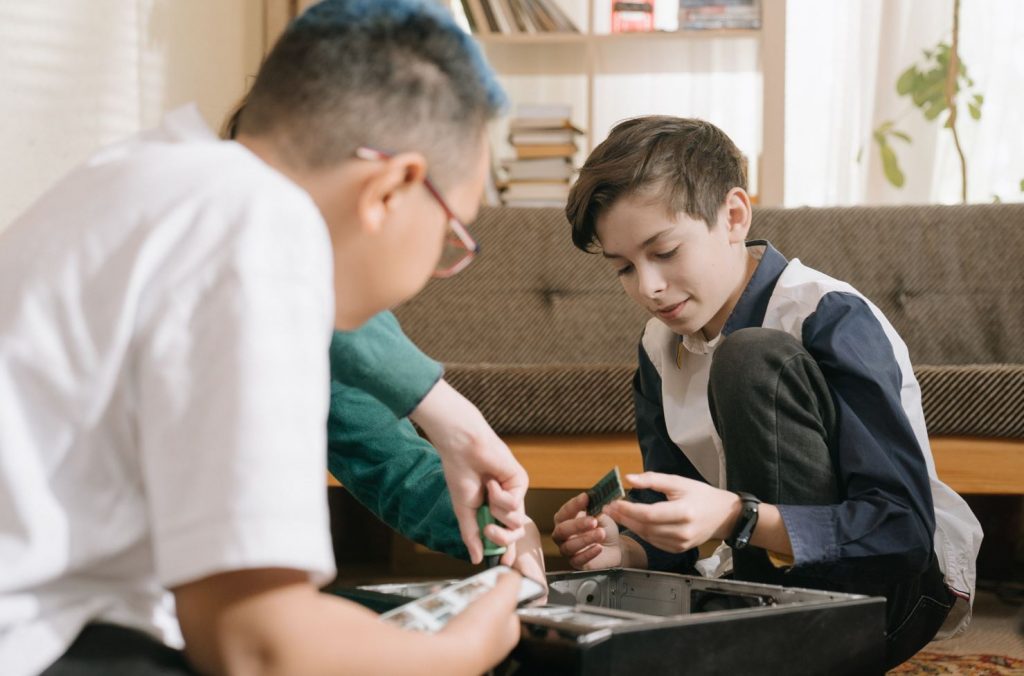
Children’s ICT (non-)use and their social context
Families are unequal, and so are their incorporations of technology into children’s lives. This contribution draws on recently collected survey data from Switzerland, a technologically advanced and wealthy country, where access barriers to ICT (the primary-level digital divide) have largely vanished. My research is focused on middle childhood (7-10 years).
In my exploration of the diverse types of ICT usage among Swiss 8-year-old children, a significant portion falls into the category of non-users. These children have limited interaction with ICTs beyond watching television. Are they simply late starters? To some extent, yes.
However, what makes them intriguing is that their circumstances differ significantly from the other children in my study: Their parents are more critical towards technology, less confident about their digital abilities and they own fewer digital devices. Importantly, the latter cannot be attributed to socioeconomic factors, as non-users tend to come from more, not less advantaged backgrounds. An interesting observation is that non-users frequently tend to be the oldest siblings. This suggests that how children grow up regarding ICTs is determined by a complex combination of influences.

Embracing new opportunities
In Switzerland, there appears to be a second group of children who embrace educational usage, while exploring the large diversity of use opportunities of digital media: They use learning apps and games, but also try out video calls, or take pictures and videos. Can these children be expected to be the digital elite of tomorrow? At least these children are mostly from very well-educated backgrounds, and their parents themselves are very confident about their own digital skills and optimistic about the educational opportunities of technology use for their children.
Finally, a relatively small group of children can be considered heavy users. They heavily engage with games and entertainment activities, but also with educational apps or games. Again, this use type is strongly related to children’s broader social context. Their parents are often low-educated, and they are less likely to pursue structured leisure activities, like attending sports clubs.

Complex technologies, complex inequalities
An interesting takeaway from a social inequality perspective is this: Yes, socioeconomic background matters, in making certain patterns of ICT use more likely. Regarding the use of educational apps and games, these differences resemble the patterns we have been observing in the past: Children in advantaged contexts tend to play video games less, watch more educational TV, and are more likely to use the computer to support schoolwork. However, when we only look at families with highly educated parents, there are very different ways of children’s ICT use, even on a very general level.
Beyond the digital divide
After the dismantling of most access barriers (the “primary-level digital divide”), the non-use of technology among pre-adolescent children has apparently changed from affecting the less privileged to being a matter of privilege. Arguably, this voluntary disengagement from ICT up to a certain age is in line with a larger development in the 21st century: Since (almost) everybody is connected all the time, being able to disconnect, either from time to time or in this case, up to a certain age, represents the new privilege.
Finally, children’s different ways of using ICT across all levels of parental education mirror the ambiguities around them: There is no “one-size-fits-all” approach in sight, and families lack the unambiguous expert guidance that they may sometimes wish for. Consequently, even the most advantaged families apply different strategies that work best in their individual circumstances.
To what extent these patterns hold for other geographical and societal contexts, remains to be studied. Swiss children tend to start very late with technology use in comparison to children in other countries. In any case, the world that today’s children grow up in is a world full of technology. How to prepare children best for life in this world is a difficult question, and the answers that families as the primary socialization institution give to that question, are fascinatingly varied. Whether certain answers will pay off more for children’s future educational and occupational outcomes, is an important research question to be addressed in the future.
Author’s bio
Leo Röhlke is a Ph.D. student (Sociology) at the University of Bern, Switzerland. In his dissertation, he studies social inequalities in young people’s use of ICT, with a special emphasis on education and learning. As a member of the DigiPrim research team he investigates the ongoing digitalization of Swiss primary schools. He has previously worked on issues of family and educational sociology, with a focus on socioeconomic inequalities.
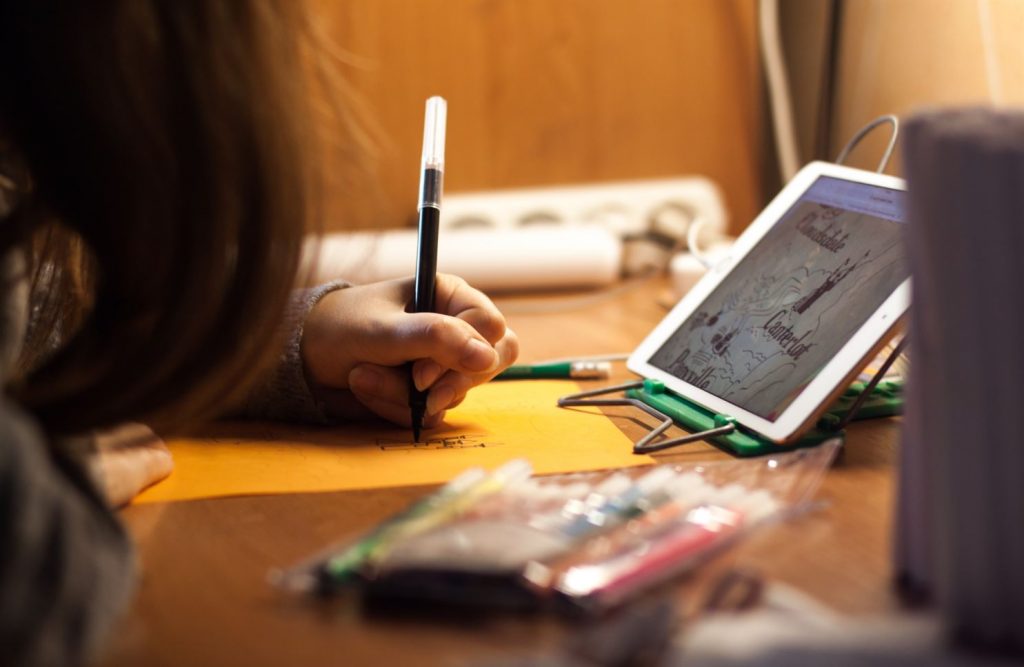
References
Bowles N (2018) The Digital Gap Between Rich and Poor Kids Is Not What We Expected. NY Times, 26 October.
Camerini A-L, Schulz PJ and Jeannet A-M (2018) The social inequalities of Internet access, its use, and the impact on children’s academic performance: Evidence from a longitu-dinal study in Switzerland. New Media & Society 20(7): 2489–2508.
Hassinger-Das B, Brennan S, Dore RA, et al. (2020) Children and screens. Annual Review of Developmental Psychology 2: 69–92.
Helsper EJ (2021) The digital disconnect: The social causes and consequences of digital inequalities. Sage.
Hirsh-Pasek K, Zosh JM, Golinkoff RM, et al. (2015) Putting education in “educational” apps: Lessons from the science of learning. Psychological Science in the Public Inter-est 16(1): 3–34.
Juhaňák L, Zounek J, Záleská K, et al. (2019) The relationship between the age at first computer use and students’ perceived competence and autonomy in ICT usage: A me-diation analysis. Computers & Education 141: 103614.
Kuntsman A and Miyake E (2022) Paradoxes of Digital Disengagement. University of Westminster Press.
Lareau A (2011) Unequal childhoods: Class, Race, and Family Life. University of California Press.
Livingstone S and Blum-Ross A (2020) Parenting for a digital future: How hopes and fears about technology shape children’s lives. Oxford University Press, USA.
Mollborn S, Limburg A, Pace J, et al. (2022) Family socioeconomic status and children’s screen time. Journal of Marriage and Family. DOI: 10.1111/jomf.12834.
Oakes K (2022) What’s the right age to get a smartphone? BBC Future, 15 September.
OECD (2021) 21st-Century Readers: Developing Literacy Skills in a Digital World.
Ollier-Malaterre A, Jacobs JA and Rothbard NP (2019) Technology, work, and family: Digital cultural capital and boundary management. Annual review of sociology 45(1): 425–447.
Stiglic N and Viner RM (2019) Effects of screentime on the health and well-being of children and adolescents: a systematic review of reviews. BMJ open 9(1): e023191.
van de Werfhorst HG, Kessenich E and Geven S (2022) The digital divide in online educa-tion: Inequality in digital readiness of students and schools. Computers and Education Open 3: 100100.
van Dijk JA (2020) The Digital Divide. Polity Press.









